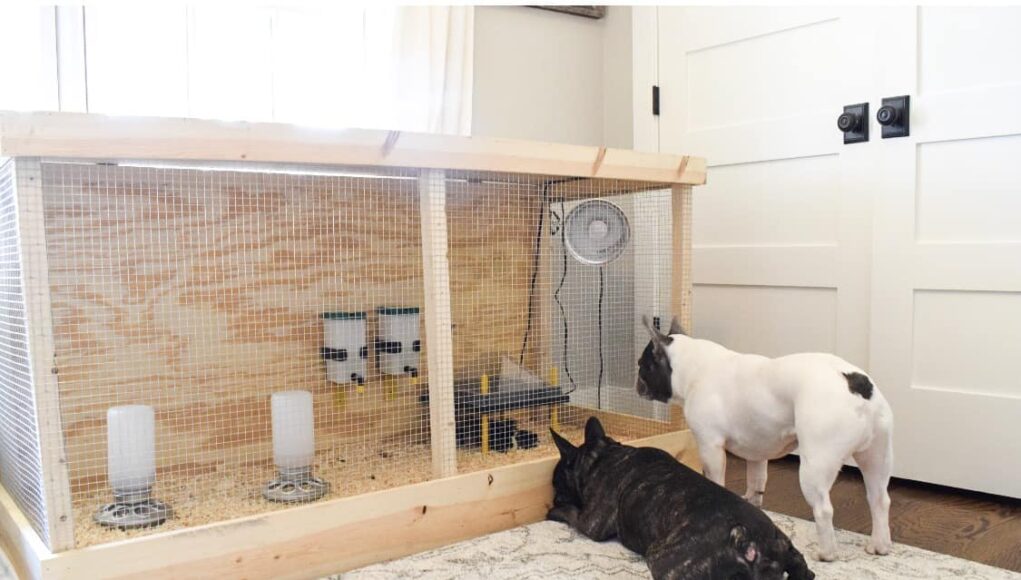Raising chicks can be a rewarding experience, and ensuring their environment is safe and comfortable is paramount. Brooder placement tips are essential for anyone looking to start or improve their poultry farming efforts. Whether you’re a seasoned farmer or a newbie, choosing the right brooder placement can make all the difference in your chicks’ health and growth.

Understanding the Importance of Brooder Placement
The brooder is where your chicks will spend their first few weeks of life. It’s crucial to get the placement right to ensure they thrive. Proper brooder placement can prevent health issues and promote optimal growth.
What is a Brooder?
A brooder is an enclosure that provides warmth, food, and water to young chicks. It mimics the conditions they would experience under a mother hen. The setup includes a heat source, bedding, and feeders.
Why Placement Matters
The location of your brooder can impact the temperature, safety, and accessibility for your chicks. Poor placement might lead to temperature fluctuations, predator exposure, or difficulty in maintaining cleanliness.
Key Factors in Brooder Placement
Temperature Control
Temperature is a critical factor in chick development. A well-placed brooder ensures consistent warmth. Avoid drafty areas or spots exposed to direct sunlight.
Accessibility
Your brooder should be easily accessible for feeding, cleaning, and checking on your chicks. Consider placing it in a location where you can regularly monitor their progress.
Safety from Predators
Predators are a constant threat to young chicks. Choose a location that is secure and away from potential threats. Indoors is typically safer, but if outdoors, ensure it is well-protected.
Practical Brooder Placement Tips
Indoor vs. Outdoor Placement
Decide whether your brooder will be indoors or outdoors. Indoor brooders provide more control over the environment, while outdoor setups can offer more space if properly secured.
Space Considerations
Ensure there is enough space for the chicks to move around comfortably. Crowding can lead to stress and health problems.
Lighting and Ventilation
Proper lighting and ventilation are essential. Ensure the brooder is well-lit, but avoid placing it where it receives direct sunlight. Ventilation helps in maintaining air quality.
Setting Up the Brooder
Choosing the Right Spot
Pick a spot that offers stability in temperature and protection from elements. Basements or garages are often ideal for indoor brooders.
Using Heat Lamps
Heat lamps are a common way to maintain the necessary temperature in a brooder. Ensure they are securely positioned to avoid accidents.
Feeding and Watering Stations
Position feeders and waterers in a way that all chicks have easy access. Regularly check and refill them to maintain hygiene and supply.
Maintaining the Brooder
Regular Cleaning
A clean brooder is vital for chick health. Establish a maintenance schedule to ensure cleanliness.
Monitoring Temperature
Regularly check the brooder’s temperature to ensure it remains within the recommended range. Adjust heat sources as needed.
Troubleshooting Common Brooder Issues
Temperature Fluctuations
If you notice your chicks huddling together, it might be too cold. Spread them out if it’s too warm.
Health Concerns
Watch for signs of illness or distress. Quick intervention can often resolve minor issues before they become serious.
Further Reading and Resources
For more detailed guidance on chick care, check out this external resource.
Conclusion
Proper brooder placement is crucial for successful chick rearing. By considering factors like temperature, safety, and accessibility, you can create a nurturing environment for your chicks to thrive. With the right setup, you’ll be well on your way to raising healthy and happy chickens.

FAQs
What is the ideal temperature for a brooder?
The ideal temperature for a brooder starts at about 95F (35C) for the first week and decreases by 5F each week until the chicks are fully feathered.
How often should a brooder be cleaned?
Brooders should be cleaned at least once a week, but more frequent cleaning may be necessary depending on the number of chicks and the size of the brooder.
Can I place a brooder outside?
Yes, a brooder can be placed outside, but it must be secure and protected from predators and weather conditions. Ensure it is well-ventilated and maintains a stable temperature.
This article contains affiliate links. We may earn a commission at no extra cost to you.











